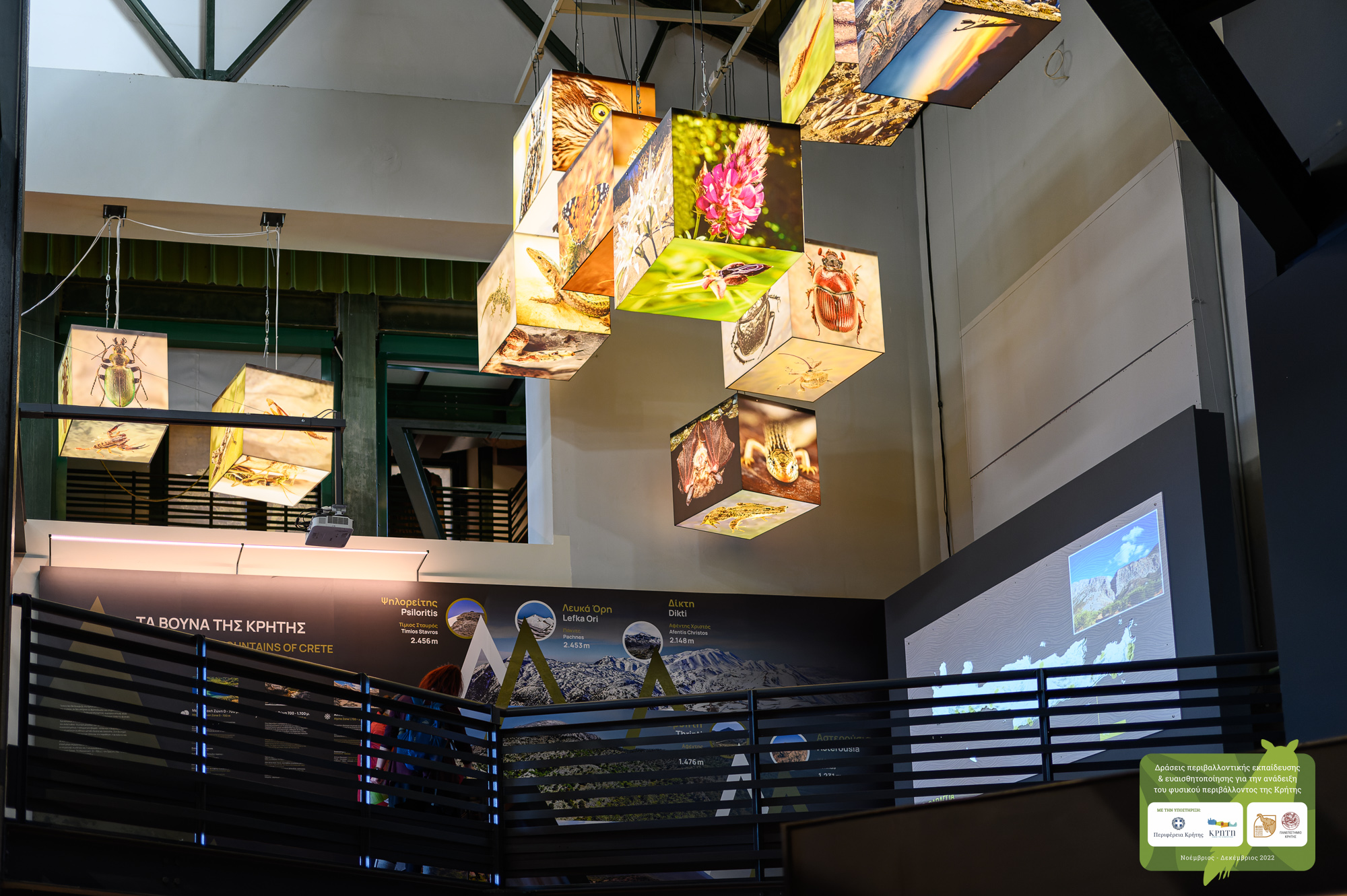
The museum meets the school: exploration and experimentation!
Second and Third Grade of Elementary School
“The dinosaur adaptations”
Duration: 60
The dinosaurs, 65 million years after their extinction, are returning to the museum to reveal the secrets of their varied adaptations. Over centuries on Earth, thanks to their adaptations, humans managed to survive in different environmental conditions.
The students, observing the models of the dinosaurs in the museum and focusing their attention on their specific characteristics, work in groups, discuss the similarities and differences of this diverse population, and present their conclusions.
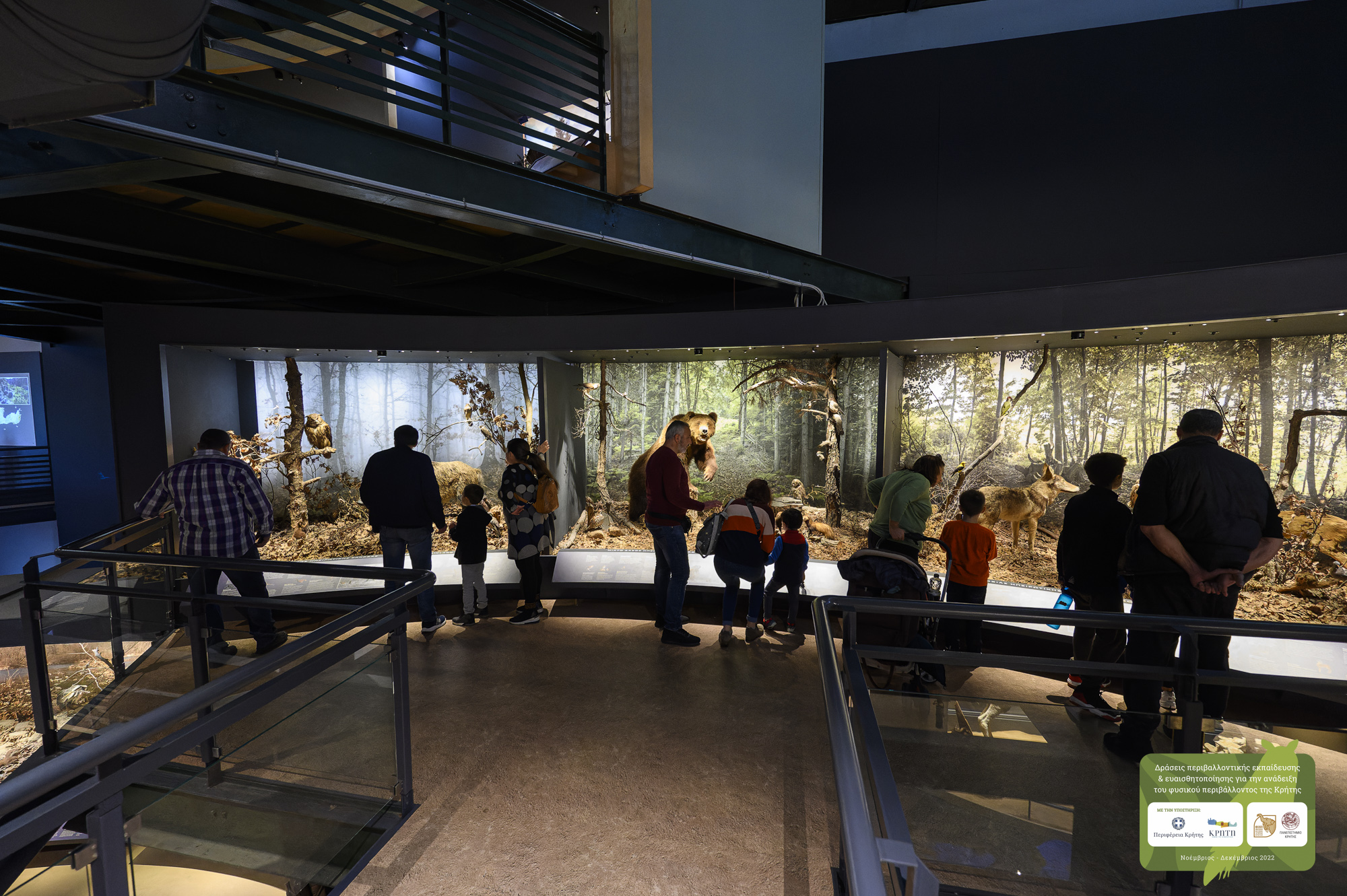
Το Μουσείο συναντά το Σχολείο: Εξερεύνηση και πειραματισμός! / The museum meets the school: exploration and experimentation!
“In the high mountains.”
Duration: 60′
Student Little Explorers observe the forest ecosystem of the museum’s 1st floor. They recognize species of forest trees, leaves, fruits, and barks, and look for animals that nest in these environments. Ending up at the peaks, they discover the low vegetation that is adapted to the heights!
Using their senses, sight, hearing, touch, and smell, they all travel together through the forests of the eastern Mediterranean, groping, recognizing, and grouping all that will be in front of them on this path.
“Plants from Minoan Crete until today”
Duration: 60′
Students recognize plants and seeds that have been cultivated since Minoan times until today, such as the olive tree, the vine, and lentils. Plants that have been inextricably linked to the daily lives of the people of the island for many centuries and provide them with the raw materials for their diet and for the needs of everyday life in general. The aim of the program is to highlight lesser known plants, such as flax, hemp, Willow and bizi (otherwise manarolia), which through an interactive game prove their usefulness to the students.
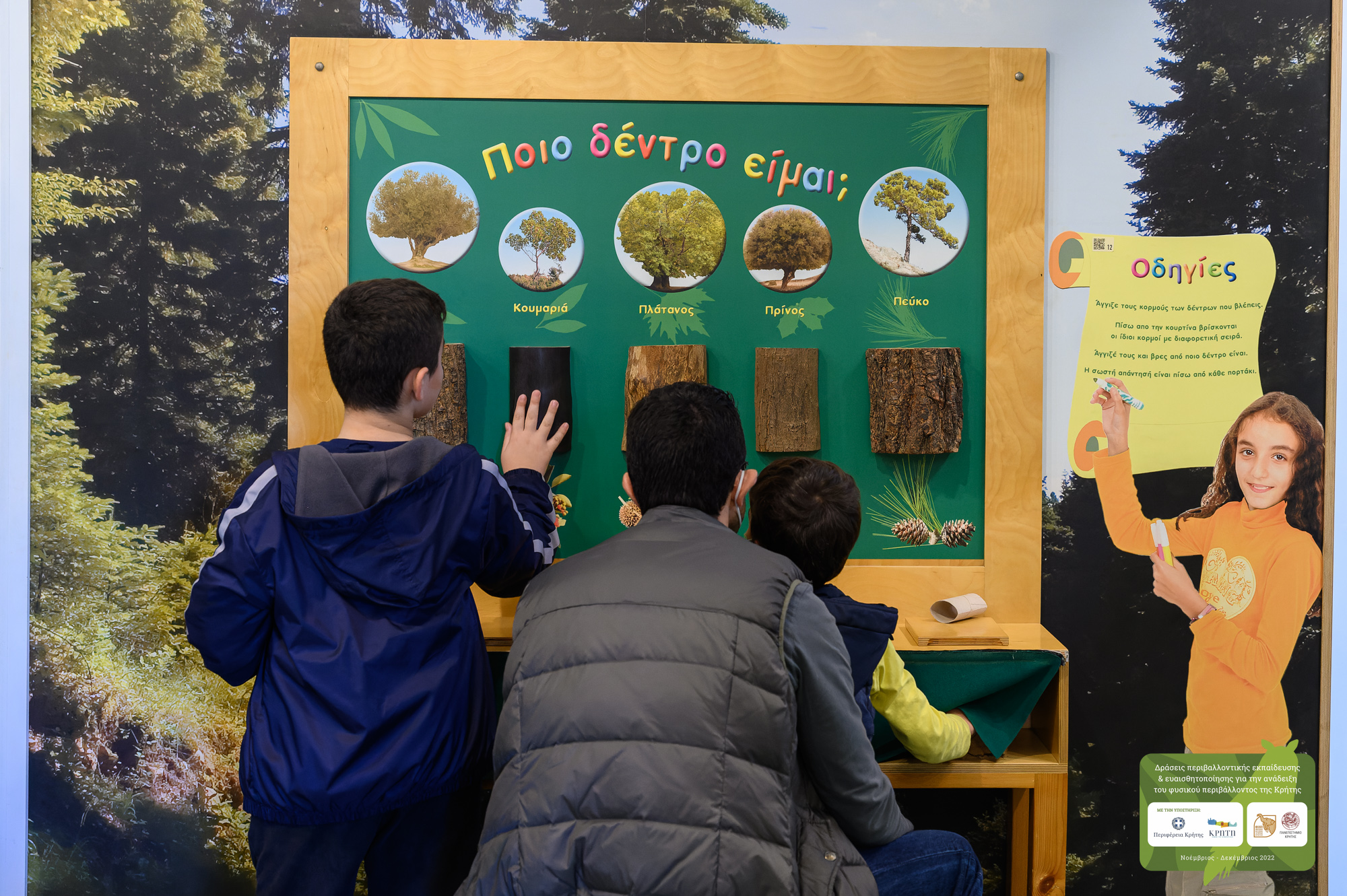
Το Μουσείο συναντά το Σχολείο: Εξερεύνηση και πειραματισμός! / The museum meets the school: exploration and experimentation!
“The Nerd”
Duration: 60′
Children become familiar with the basic biomorphs of plants (trees, shrubs, plants with bulbs, tubers, annual plants, etc.) but also with the parts of the plant (root, shoot, leaves, fruit-seed) using images, live plants, and interactive games.
“The world of plants: Plants from Minoan Crete to today”
Duration: 120′ (with intermission)
Children become familiar with the basic biomorphs of plants (trees, shrubs, plants with bulbs, tubers, annual plants, etc.) but also with the parts of the plant (root, shoot, leaves, fruit-seed) using images, live plants, and interactive games. They know plants that have been associated with the lives of people from Minoan Crete until today, such as vine, olive, basil, thyme, and rosemary, but also plants that are less known, such as flax, hemp, and willow.
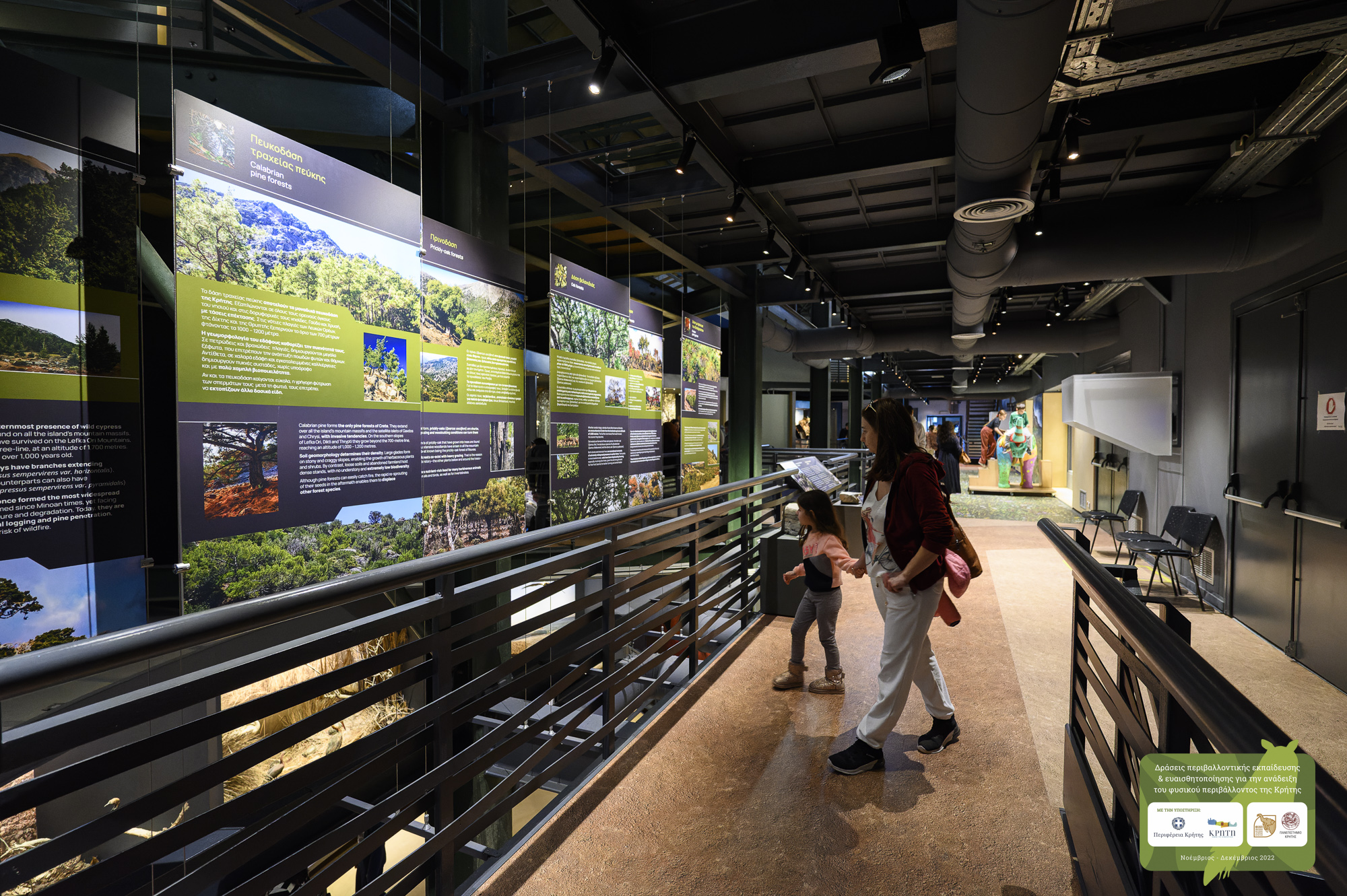
Το Μουσείο συναντά το Σχολείο: Εξερεύνηση και πειραματισμός / The museum meets the school: exploration and experimentation!
“In the high mountains of Crete”
Duration: 120′ (with intermission)
Student Little Explorers observe the forest ecosystem of the museum’s 1st floor.
They recognize species of forest trees, leaves, fruits, and barks, and look for animals that nest in these environments.
Ending up at the peaks, they discover the low vegetation that is adapted to the heights! Using their senses, sight, hearing, touch, and smell, they all travel together through the forests of the eastern Mediterranean, groping, recognizing, and grouping all that will be in front of them on this path.
The program is completed in the exhibition “Crete, a continent on an island”, where students divided into groups discover, observe, and paint animals and plants found in the high mountains of our island.

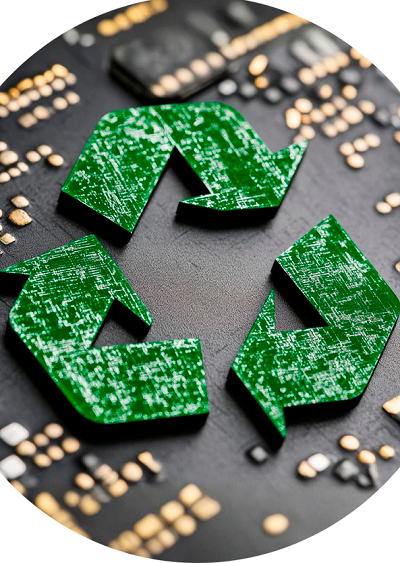


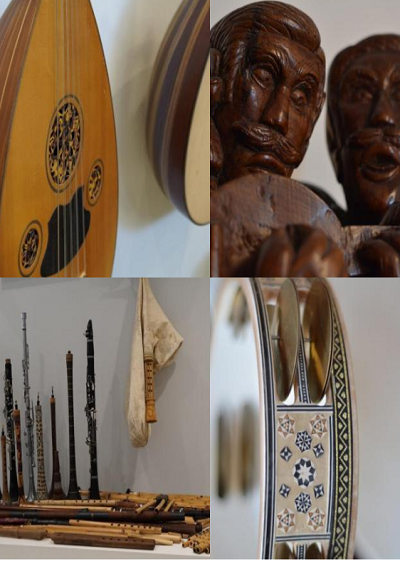


Leave A Comment